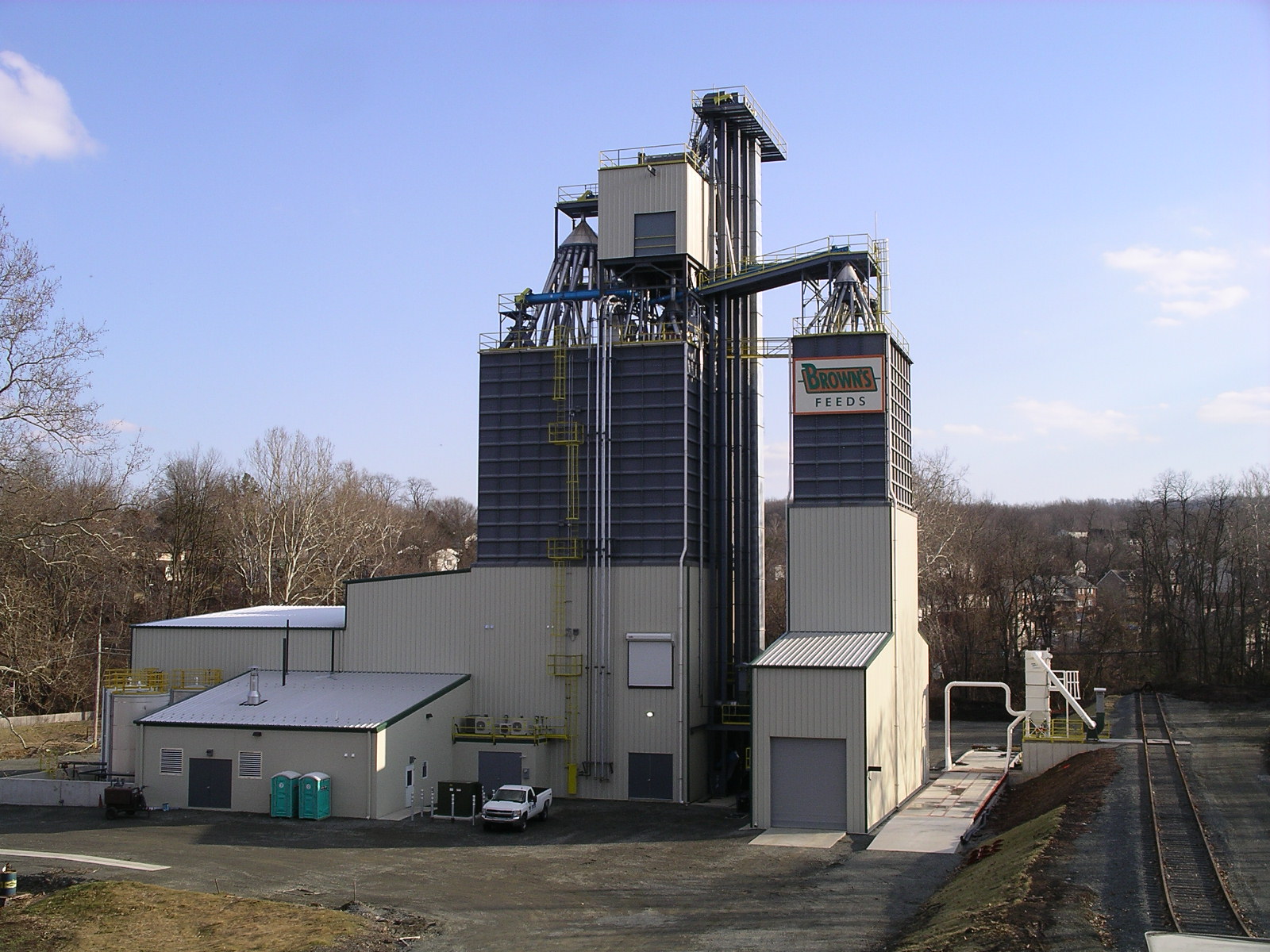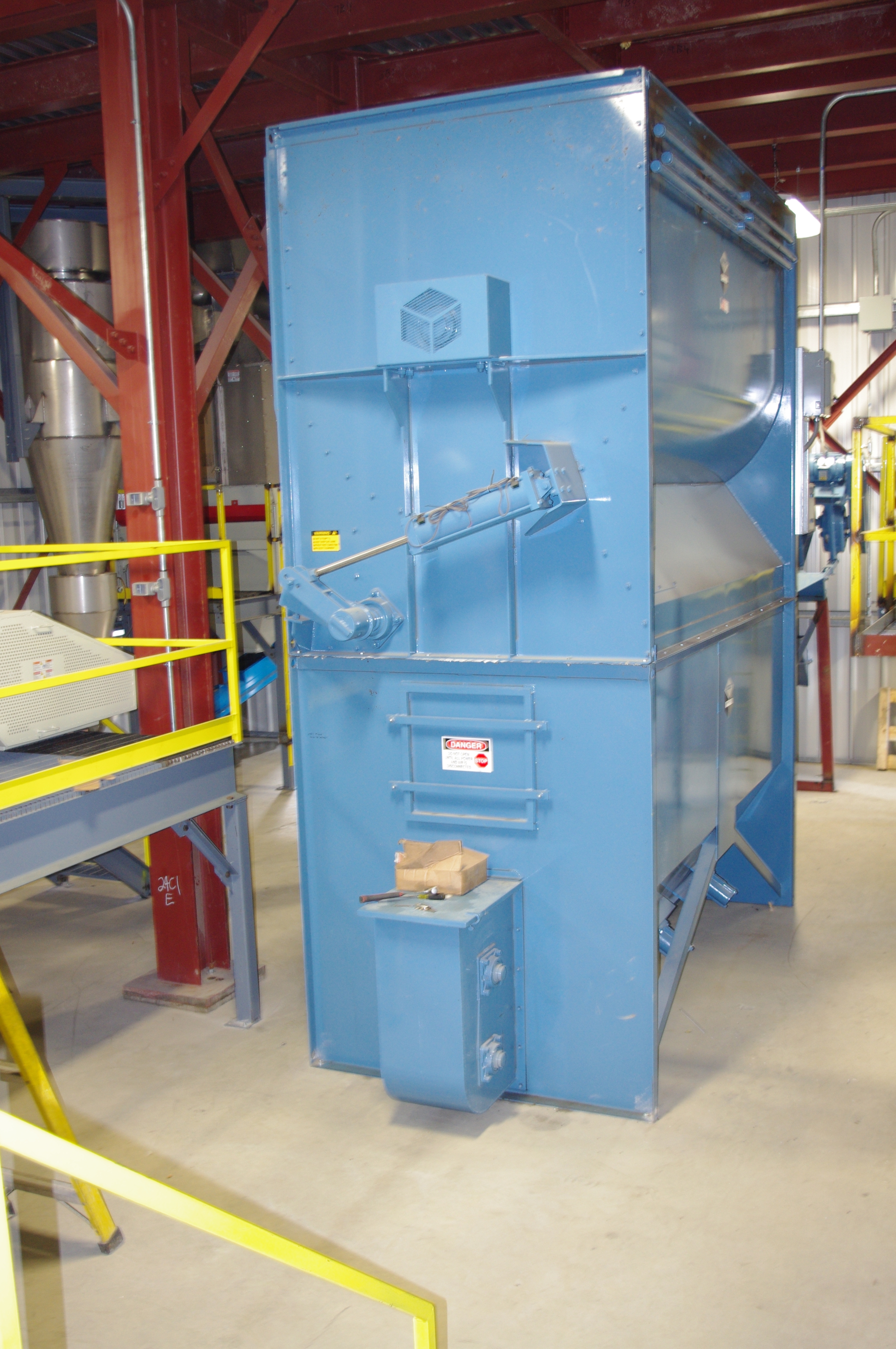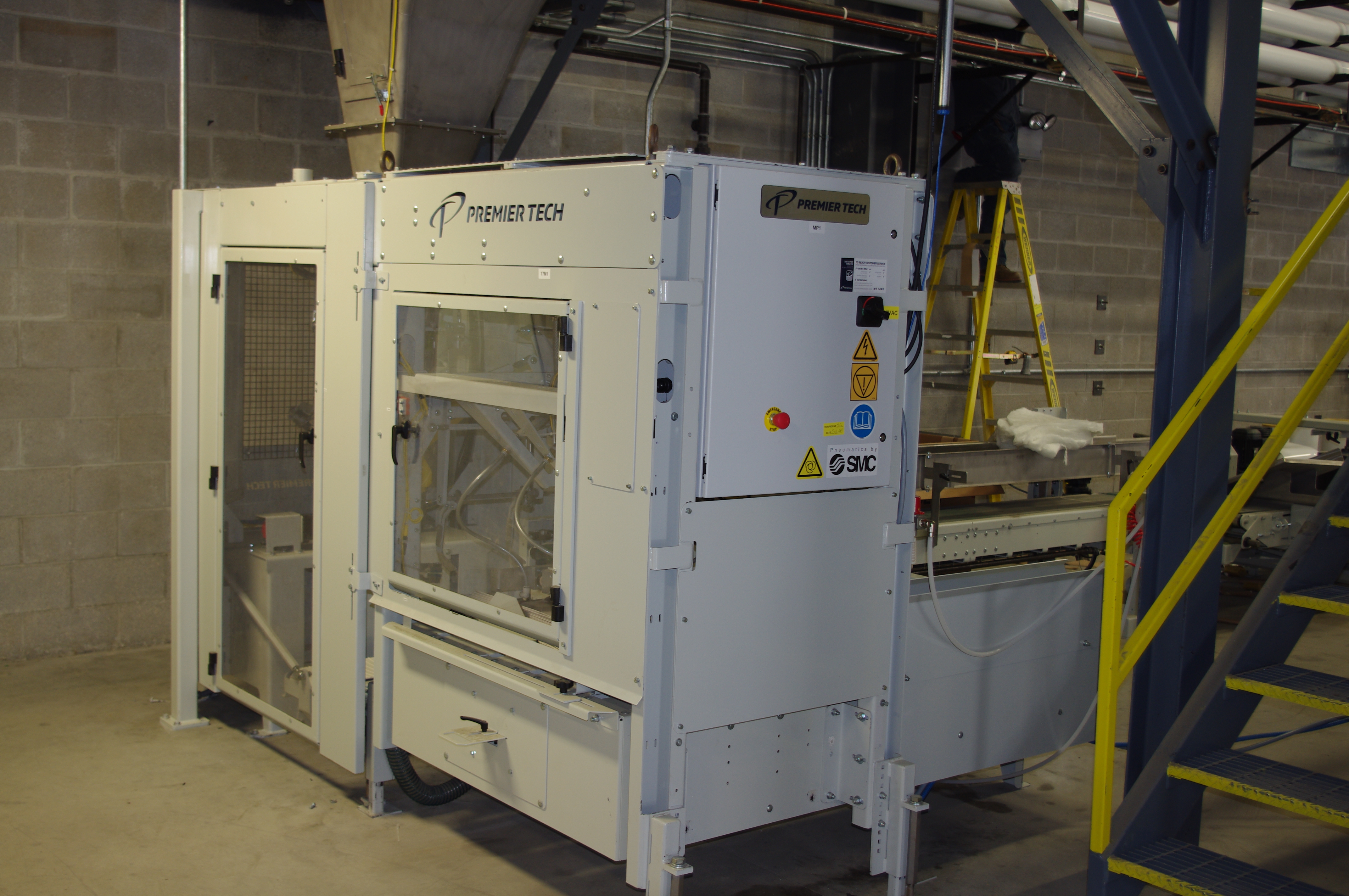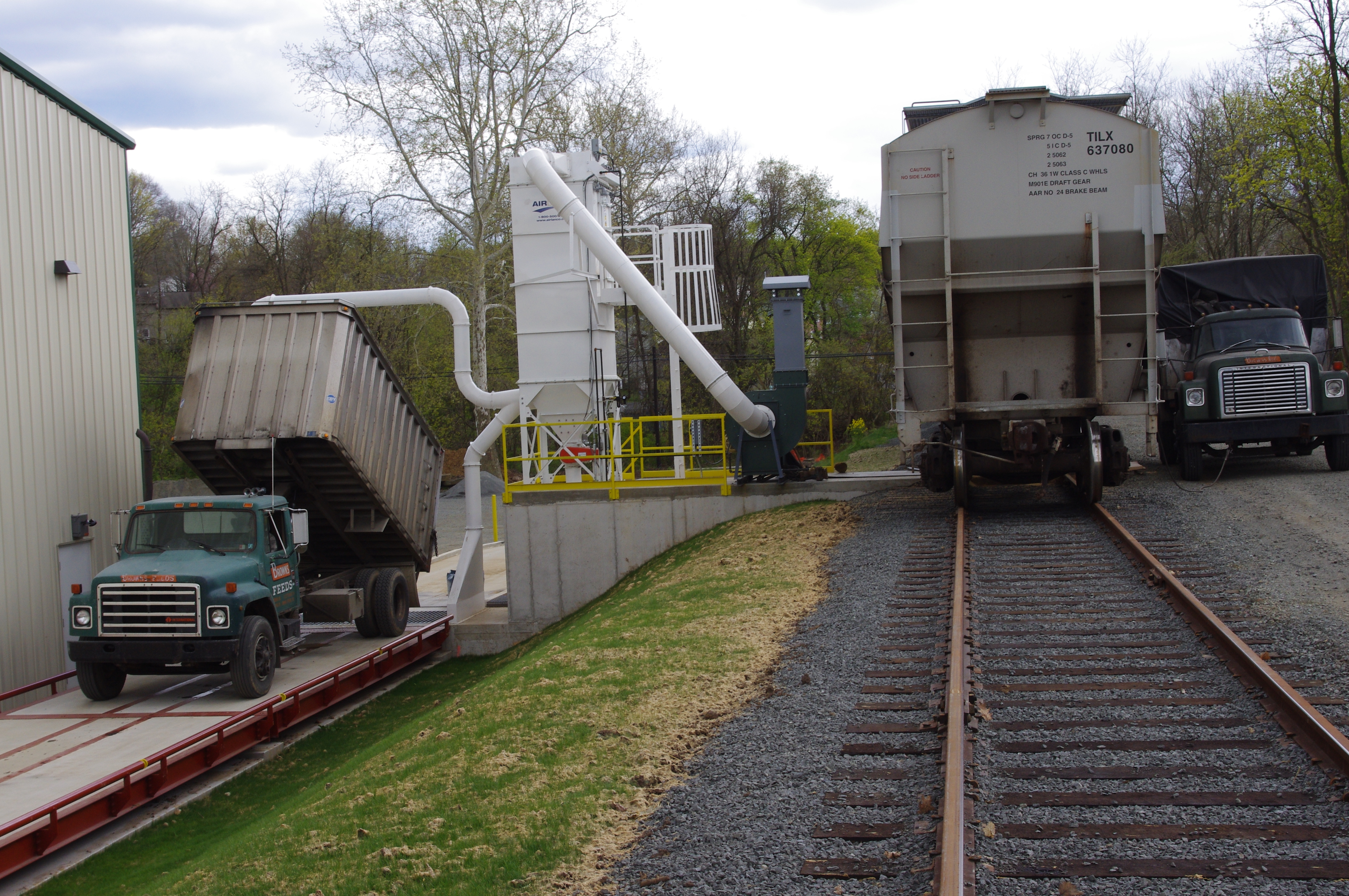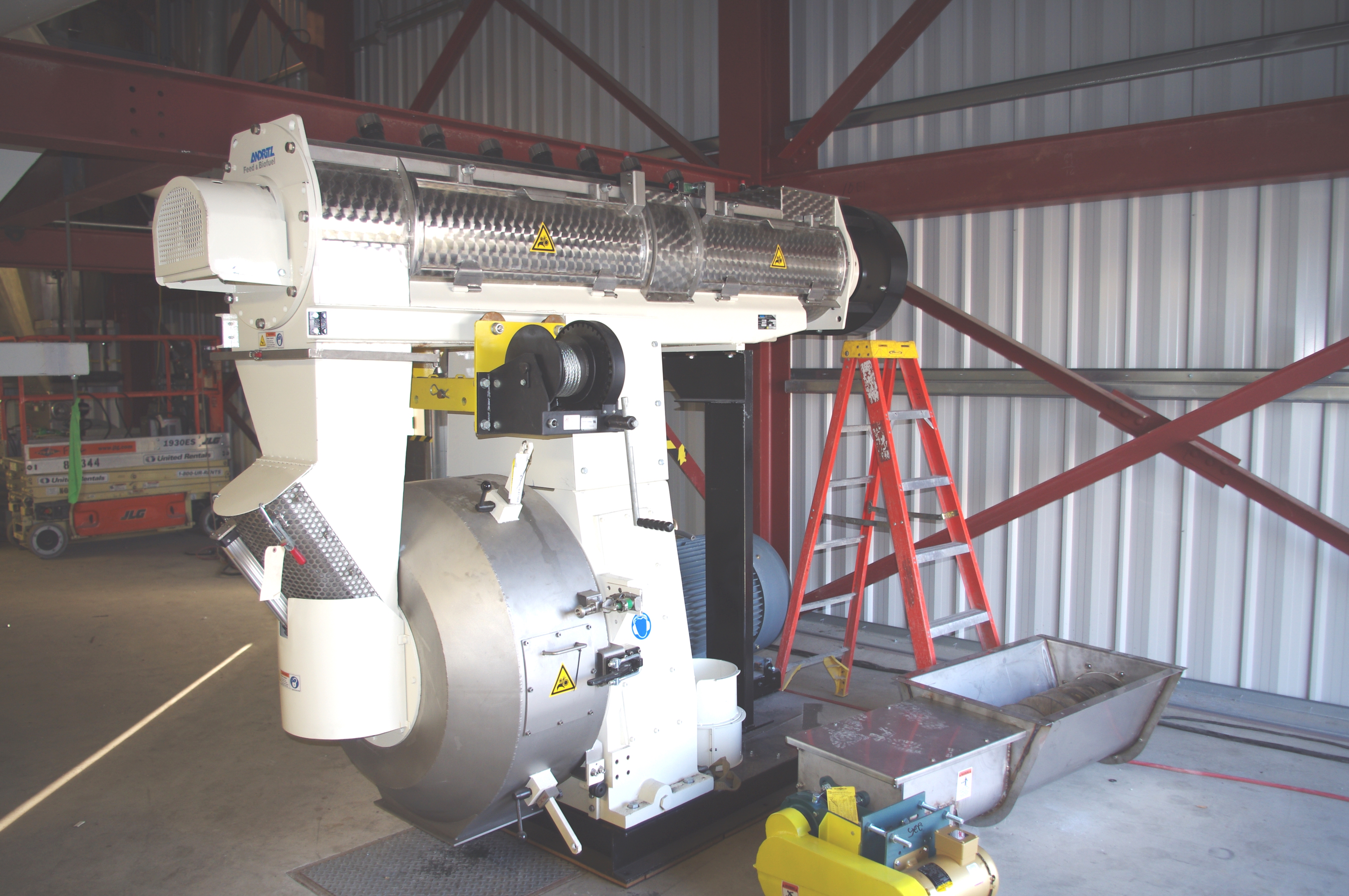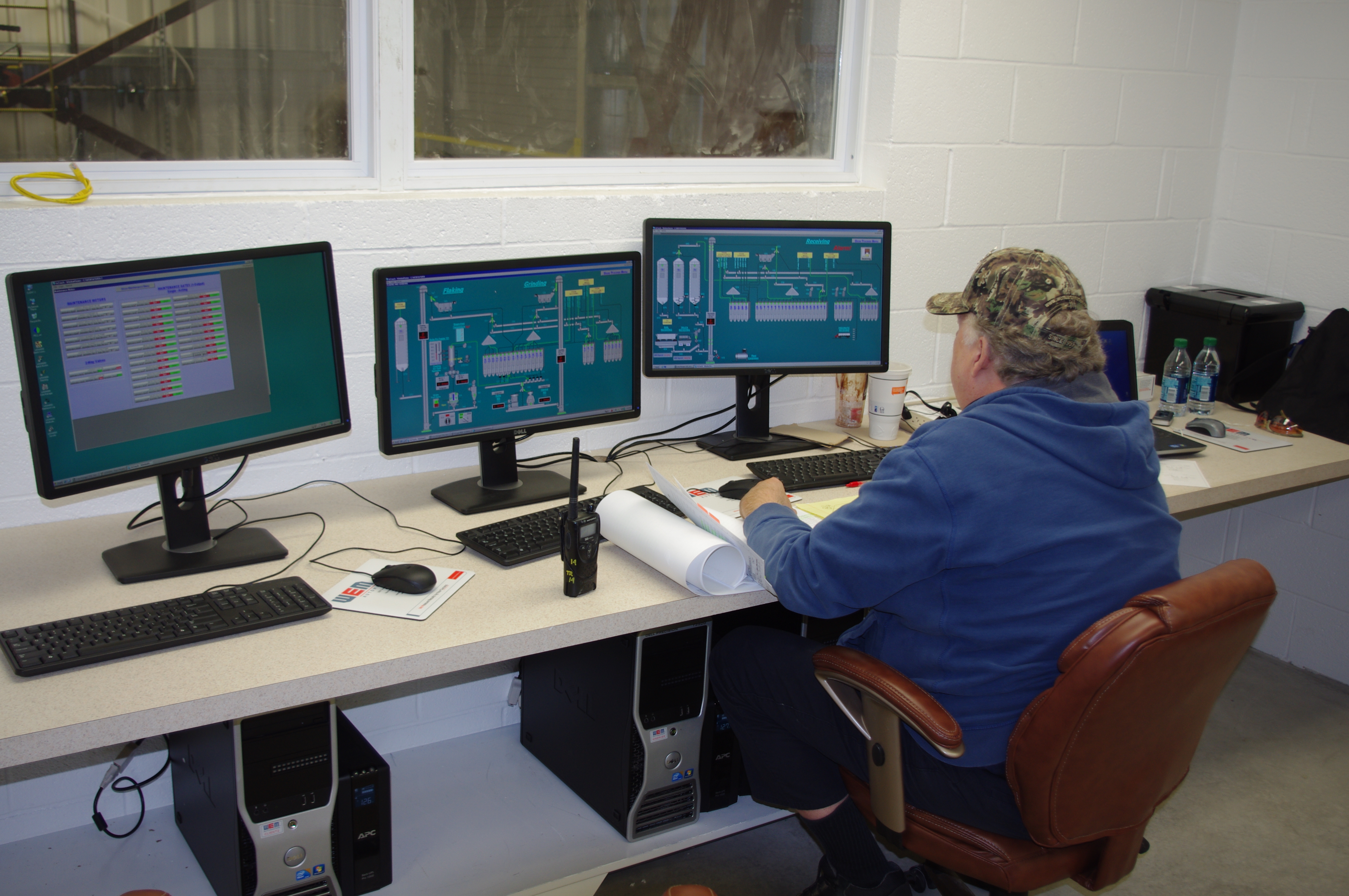Do livestock receive more nutritious food than we do? A recent visit to a regional feed mill gave me the impression this might be the case! During recent years science has been contributing to livestock nutrition as it has to genetics and health. Livestock production has become amazingly productive. While there are the national feed companies, independent family owned feed mills still play a critical role in supplying products of the highest quality.
A visit to a modern feed mill is eye-opening. Carl Brown, 5th generation family member of F.M.Brown’s Sons Inc. parent company of Brown’s Feeds, recently showed mearound his impressive new feed mill in Birdsbro, PA. The storage silos reach up to the sky and the rail cars and trucks are lined up delivering grain and other feed ingredients and collecting bulk or sacked feed for destinations across the region. While broilers,turkeys and ducks have recently become a major market, our region still has many dairy and horse farms with some duck, sheep, goat, and even rabbit farms.
Commercial livestock operators must ensure that the feed will achieve optimal growth and health for each animal at each stage of their development. Farmers rely heavily on their local feed supplier and sometimes a nutrition consultant to ensure that the specific needs of their particular animals are met. Carl has 6 technical sales reps who service farms in Eastern Pennsylvania and New Jersey, backed up by two nutrition specialists at the plant.
Feed contain carbohydrates usually as corn and cereal grain, protein often soybean meal, oilseeds, minerals and vitamins. These basic ingredients are in different proportions not only for the different livestock, and different forages being fed on each farm, but customers often require specific combinations to meet their particular needs. Brown’s mill is able to produce custom feeds according to prescription for quantities above one ton. A wide range of products are produced and the equipment has been carefully chosen to ensure that each batch is of consistent high quality.
The equipment at the plant is largely controlled by computer so that the operations can be managed and monitored from the control room. Each ingredient moves from the storage silo or bin and then mixed for the requisite time with all the other ingredients including any minerals, vitamins or other additive to ensure a homogenous mixture. I was particularly impressed by the incredibly complex electric wiring required for all the equipment.
Pelleting is the preferred format for most poultry feeds and some horse feeds so this is achieved by an expensive pelleting machine which produces high quality pellets. The pellets are then delivered to a bulk loadout bin where they are screened for fines when loaded onto bulk delivery trucks. Pellets and coarse textured molasses based feeds can also be packaged by an automated bagging system which includes a dated label and then stacked robotically on pallets.
Finished bulk products are stored and delivered by chutes to 24 load out bins, and then to delivery trucks which may contain several different sized storage tanks so that different products can be delivered to customers by the same truck. Bagged feeds are placed on pallets. The final feed inventory at the mill and at the farm needs to be managed carefully to ensure maximum nutritional quality as the storage life on some feeds during the summer is only a few months.
Competition is fierce in the commercial wholesale feed industry. It is difficult to maintain and grow sales when competing with the major national feed companies – Land O’Lakes Purina, Cargill and even large regional feed companies. The new mill required major capital investment and the need to be constantly investing to further increase quality, costs and farm service and delivery. High quality, good service and competitive pricing are critical.
I got the feeling that the next generation of Browns, the 6th generation, will remain competitive serving our regional livestock farmers well into the future.
Contributed by: Duncan Allison

